Dinozaury I (1963)
Polish educational cartoon about dinosaurs
Polish educational cartoon about dinosaurs
Meet Scout and his friends, Violet, Eli, and Penny...best friends who have all kind of learning adventures along with their magical toy car, Axle. The friends are engaged in a hot game of "In other Words..." when they learn that the new Museum of Opposite Words is opening in their town today! Intrigued as to what opposite words might be, they hurry off to the museum. At the museum they find The Beaver Brothers struggling to get the exhibits completed in time for the Opening Night Gala and and the museum curator, Mr Polecat in full panic mode. Together the friends use vocabulary skills to unlock the clues and help the Beaver Brothers complete all of the exhibits in the nick of time!
Dinosaurs are generally considered tropical animals. So what are their fossils doing north of the arctic circle? Paleontologists battle the fierce climate to find out if the arctic was warmer then than it is now, or the arctic was farther from the North Pole, or the dinosaurs were migratory animals, or if they were warm-blooded.
Find out how silage is made on the farm. Meet Tractor Ted and Farmer Tom as they see tractors and forage harvesters hard at work in the fields cutting, raking and collecting the grass. The children and Midge the dog tease Les when they hide in the long grass. Poor Les!

Stories of serious traffic accidents caused by texting and driving are told by the perpetrators and surviving victims.

An entertaining documentary look at dinosaurs with Emmy Award-winning special effects, feature film clips and stills, commentary by leading paleontologists of the time, and an on camera as well as voice-over narrative by Christopher Reeve. Shot on location in Los Angeles and New York at the American Museum of Natural History
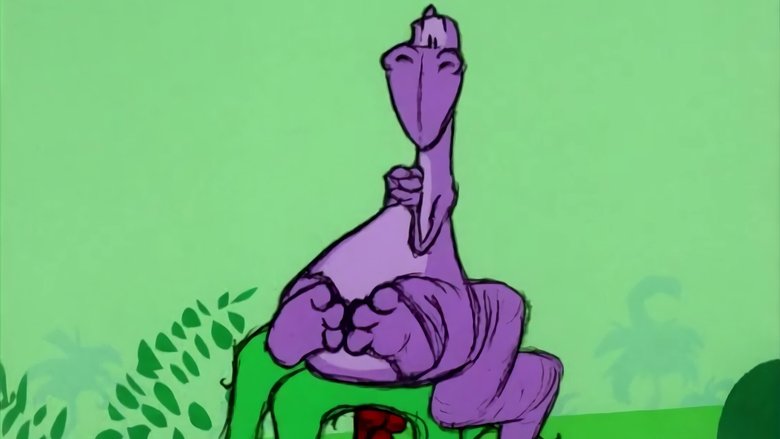
This short is about a purple dinosaur named Sigmund, who likes to bounce on top of trees. Preserved by the Academy Film Archive in 2011.
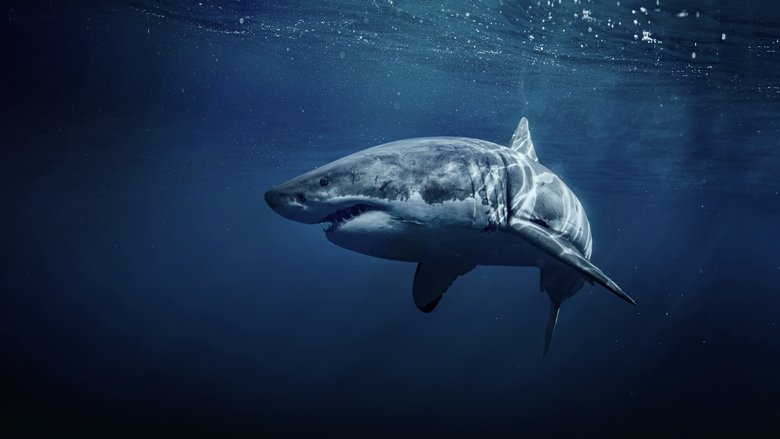
Exploring the private lives of sharks as they hunt, rest, clean and reproduce.
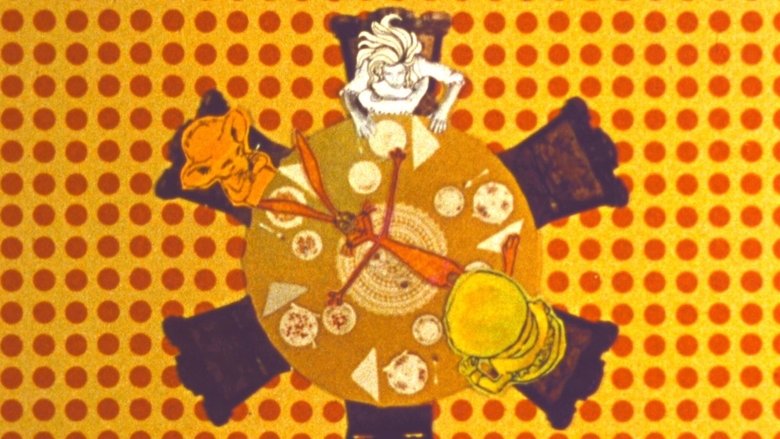
The story “Alice in Wonderland” is used as a metaphor about the dangers of accidental drug use among children. Curious Alice's trip to Wonderland is not through the rabbit hole, but rather through her home, where the medicine and kitchen cabinets hold substances of lure but danger. After ingesting one of these substances, Alice, now in the Wonderland of her mind, has an altered sense of reality. In her new psychedelic world, she is exposed to more and more drugs, which she may take based on her impaired judgment from the initial drug use.
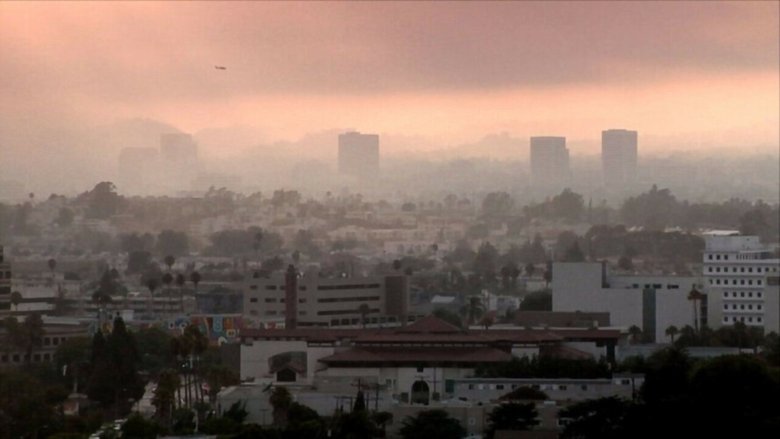
800 million units circulate around the globe. It is the largest contributor to air pollution worldwide and accounts for 8,300 deaths every day. And every night it sleeps in your garage.
Handbook of Movie Theaters’ History is a documentary about the history, the development in the present days and the future of movie theaters in the city of Turin, Italy. It mixes the documentary language with comedy and fiction, and is enriched by interviews to some of the most important voices of Turin cinematography. The film follows the evolution of movie theaters by enlightening its main milestones: the pre-cinema experiences in the late 19th Century, the colossals and the movie cathedrals of the silent era, the arthouse theaters, the National Museum of Cinema, the Torino Film Festival, the movie theaters system today and the main hypothesis about its future.
Coelacanth (SEEL-uh-kanth): a large fish with limblike fins, armored scales and a tail that no other living fish possesses. This prehistoric fish was thought to have died out with the dinosaurs in the great extinction. It has laid hidden deep in our oceans undisturbed and undetected for 70 million yearsa true living fossil. The coelacanth is thought to be related to the creatures that grew legs, breathed air and came ashore nearly 400 million years ago.
A huge mysterious comet is on a collision course with earth. A crash is averted, but the near miss causes tidal waves, exploding mountains and huge earthquakes. The earth cracks apart and up from the depths come creatures from the past. Huge dinosaurs begin to roam the planet, a planet now covered with swamps and jungles. Then, as suddenly as they came to life, the dinosaurs begin to die. Only the DINOSAUR PATROL can restore order on earth. Or can they?
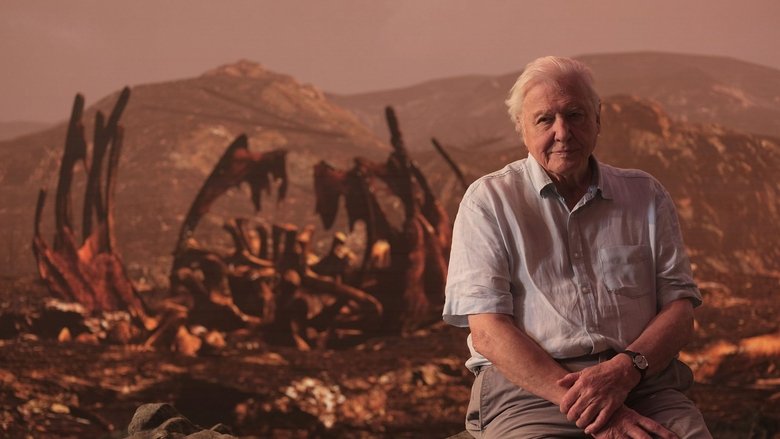
David Attenborough brings to life, in unprecedented detail, the last days of the dinosaurs. Palaeontologist Robert DePalma has made an incredible discovery in a prehistoric graveyard: fossilised creatures, astonishingly well preserved, that could help change our understanding of the last days of the dinosaurs. Evidence from his site records the day when an asteroid bigger than Mount Everest devastated our planet and caused the extinction of the dinosaurs. Based on brand new evidence, witness the catastrophic events of that day play out minute by minute.
Industrial film about Tupperware.

This video vividly re-creates 15 hand and finger injuries to show the viewer the effects of unsafe work practices. While the program graphically illustrates each accident, it also presents the causes and prevention measures for each one. The program will force the viewer to think about the value of his hands and how fragile they can be if neglected or left unprotected.
The films in this collection - curated and introduced by Skip Elsheimer, founder of the A/V Geeks educational film archive - sample some of the lessons that were routinely taught to boys. In them, one sees slices of Americana, discovers the world of educational cinema (with a language all its own), and gains an insight into the hopes and fears of the parents and educators who relied on the power of cinema to initiate, educate and indoctrinate the young.
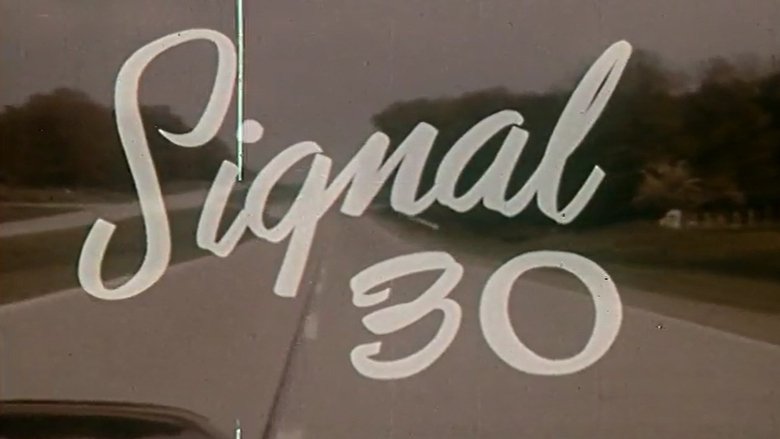
The results of serious traffic accidents caused by careless driving are displayed. One of several Driver's Education films produced by Highway Safety Films, filmed at actual auto accident scenes and consisting largely of color closeups of mangled accident victims.